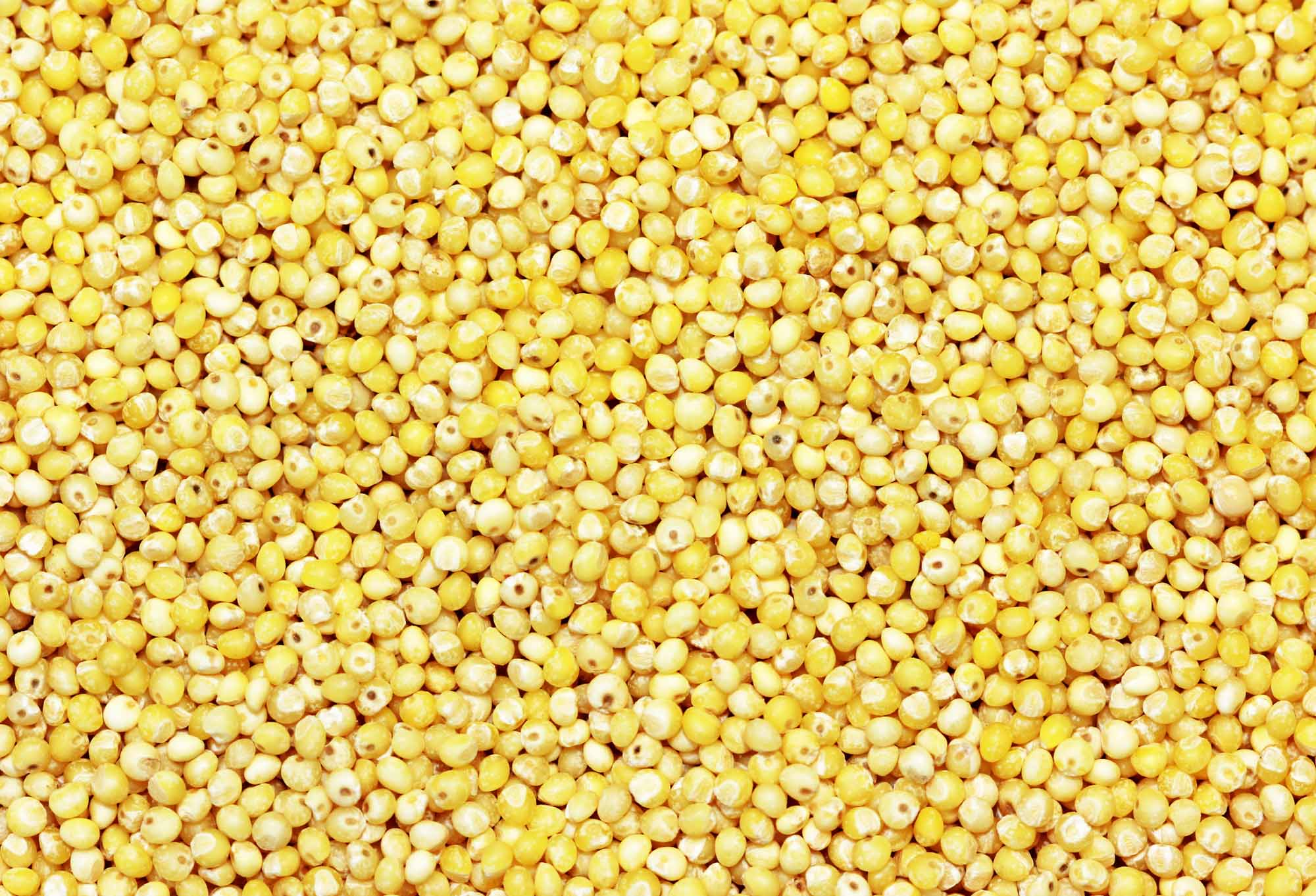Article
Mayfly
Mayfly is the common name for small, fragile, soft-bodied insects comprising the order Ephemeroptera (from Greek ephemeros, meaning, "living a day," and ptera, “wings”).

Enter your search term
Signing up enhances your TCE experience with the ability to save items to your personal reading list, and access the interactive map.
Create AccountArticle
Mayfly is the common name for small, fragile, soft-bodied insects comprising the order Ephemeroptera (from Greek ephemeros, meaning, "living a day," and ptera, “wings”).
"https://development.thecanadianencyclopedia.ca/images/tce_placeholder.jpg?v=e9dca980c9bdb3aa11e832e7ea94f5d9" // resources/views/front/categories/view.blade.phphttps://development.thecanadianencyclopedia.ca/images/tce_placeholder.jpg?v=e9dca980c9bdb3aa11e832e7ea94f5d9

Article
The meadowlark is a robin-sized bird with a bright yellow breast marked by a black crescent.
"https://d2ttikhf7xbzbs.cloudfront.net/media/media/0928d9ac-59fb-414a-a9e4-0e452b14089e.jpg" // resources/views/front/categories/view.blade.phphttps://d2ttikhf7xbzbs.cloudfront.net/media/media/0928d9ac-59fb-414a-a9e4-0e452b14089e.jpg

Article
About a third of the world's estimated 400 000 species of higher or vascular plants have probably been used for medicinal purposes by indigenous societies, generally in a raw or minimally processed form.
"https://d2ttikhf7xbzbs.cloudfront.net/media/media/7fef297e-e301-4ad4-8cc1-d64bd2f9e902.jpg" // resources/views/front/categories/view.blade.phphttps://d2ttikhf7xbzbs.cloudfront.net/media/media/7fef297e-e301-4ad4-8cc1-d64bd2f9e902.jpg

Article
The melon (Cucumis melo), is an annual, viny plant of the Cucurbitaceae family. The most important cultivated groups are cantaloupe, muskmelon, winter melon and sugar melon.
"https://d2ttikhf7xbzbs.cloudfront.net/media/media/c5d66760-a348-43b1-af55-7b9263c442cb.jpg" // resources/views/front/categories/view.blade.phphttps://d2ttikhf7xbzbs.cloudfront.net/media/media/c5d66760-a348-43b1-af55-7b9263c442cb.jpg

Article
Mercury (Hg) is a silvery white metal also known as quicksilver. Mercury is named for the Roman god of commerce, travel and thievery. It has been used for over 3000 years. Its chemical symbol, Hg, is derived from the Latin word hydrargyrum, which means "liquid silver.
"https://development.thecanadianencyclopedia.ca/images/tce_placeholder.jpg?v=e9dca980c9bdb3aa11e832e7ea94f5d9" // resources/views/front/categories/view.blade.phphttps://development.thecanadianencyclopedia.ca/images/tce_placeholder.jpg?v=e9dca980c9bdb3aa11e832e7ea94f5d9

Article
Metallurgy is the art, science and technology of turning metals and alloys (i.e., materials consisting of two or more metals) into forms suitable for practical use.
"https://d2ttikhf7xbzbs.cloudfront.net/media/media/3ed8d545-4edb-40bb-bc0e-6d7b68d6c22a.jpg" // resources/views/front/categories/view.blade.phphttps://d2ttikhf7xbzbs.cloudfront.net/media/media/3ed8d545-4edb-40bb-bc0e-6d7b68d6c22a.jpg

Article
Metamorphic rock is one of the 3 major classes of rock comprising the Earth's crust, the others being SEDIMENTARY and IGNEOUS ROCKS. Metamorphic rock has been transformed, while in the solid state, by pressure, temperature and deformation.
"https://d2ttikhf7xbzbs.cloudfront.net/media/media/e0a546d9-bcaf-41e5-a7d4-076b178b5592.jpg" // resources/views/front/categories/view.blade.phphttps://d2ttikhf7xbzbs.cloudfront.net/media/media/e0a546d9-bcaf-41e5-a7d4-076b178b5592.jpg

Article
Phlogopite can be found in metamorphosed LIMESTONES, dolomites, serpentines and IGNEOUS ROCKS. It is light to dark brown and has properties and uses similar to muscovite.
"https://d2ttikhf7xbzbs.cloudfront.net/media/media/c877e97e-4b7c-48c5-b937-a17b8f6fde9b.jpg" // resources/views/front/categories/view.blade.phphttps://d2ttikhf7xbzbs.cloudfront.net/media/media/c877e97e-4b7c-48c5-b937-a17b8f6fde9b.jpg

Article
Midges are small, slender-bodied flies with long antennae, belonging to various families. Three families are especially important: non-biting midges (Chironomidae), biting midges (Ceratopogonidae, also called no-see-ums), and gall midges (Cecidomyiidae). In Canada, there are more than 1,300 named species of midges from these groups, and scientists expect at least as many more live here. The larvae of most non-biting and biting midges are aquatic, while most larval gall midges live and feed inside of growths on plant tissues. Midges are found all across Canada and in a variety of habitats.
"https://d2ttikhf7xbzbs.cloudfront.net/media/new_article_images/Midge/NonBitingMidge.jpg" // resources/views/front/categories/view.blade.phphttps://d2ttikhf7xbzbs.cloudfront.net/media/new_article_images/Midge/NonBitingMidge.jpg

Article
Midnight Sun In the Arctic in the summer, the sun shines all night long. Robert W. SERVICE had this in mind when he used the phrase in his ballad "The Cremation of Sam McGee" (1907). The expression "land of the
"https://development.thecanadianencyclopedia.ca/images/tce_placeholder.jpg?v=e9dca980c9bdb3aa11e832e7ea94f5d9" // resources/views/front/categories/view.blade.phphttps://development.thecanadianencyclopedia.ca/images/tce_placeholder.jpg?v=e9dca980c9bdb3aa11e832e7ea94f5d9

Article
In addition to fishes, a few INVERTEBRATES, such as small CRUSTACEANS, worms and eurypterids, which are giant cousins of land scorpions, lived at the bottom of the estuary.
"https://development.thecanadianencyclopedia.ca/images/tce_placeholder.jpg?v=e9dca980c9bdb3aa11e832e7ea94f5d9" // resources/views/front/categories/view.blade.phphttps://development.thecanadianencyclopedia.ca/images/tce_placeholder.jpg?v=e9dca980c9bdb3aa11e832e7ea94f5d9

Article
Milkweed is the common name for perennial, herbaceous plants of genus Asclepias, family Asclepiadaceae (from Greek physician Asclepius).
"https://development.thecanadianencyclopedia.ca/images/tce_placeholder.jpg?v=e9dca980c9bdb3aa11e832e7ea94f5d9" // resources/views/front/categories/view.blade.phphttps://development.thecanadianencyclopedia.ca/images/tce_placeholder.jpg?v=e9dca980c9bdb3aa11e832e7ea94f5d9

Article
Millets are various, usually annual, grass (family Poaceae) crops that are often grown as cereals (ie, the seeds are harvested as grain for human consumption).
"https://d2ttikhf7xbzbs.cloudfront.net/media/media/551430a6-8d74-48fd-9f95-c75d3111ef4d.jpg" // resources/views/front/categories/view.blade.phphttps://d2ttikhf7xbzbs.cloudfront.net/media/media/551430a6-8d74-48fd-9f95-c75d3111ef4d.jpg

Article
Millipede (class Diplopoda), terrestrial, usually elongate arthropod with a small head and short antennae.
"https://development.thecanadianencyclopedia.ca/images/tce_placeholder.jpg?v=e9dca980c9bdb3aa11e832e7ea94f5d9" // resources/views/front/categories/view.blade.phphttps://development.thecanadianencyclopedia.ca/images/tce_placeholder.jpg?v=e9dca980c9bdb3aa11e832e7ea94f5d9

Article
The American mink (Mustela vison) is a small, amphibious weasel inhabiting wetlands throughout Canada, excluding the tundra, and abundant on the BC seashore.
"https://d2ttikhf7xbzbs.cloudfront.net/media/media/29d2f58b-9ba1-424e-a879-5a0e6a0738ba.jpg" // resources/views/front/categories/view.blade.phphttps://d2ttikhf7xbzbs.cloudfront.net/media/media/29d2f58b-9ba1-424e-a879-5a0e6a0738ba.jpg
